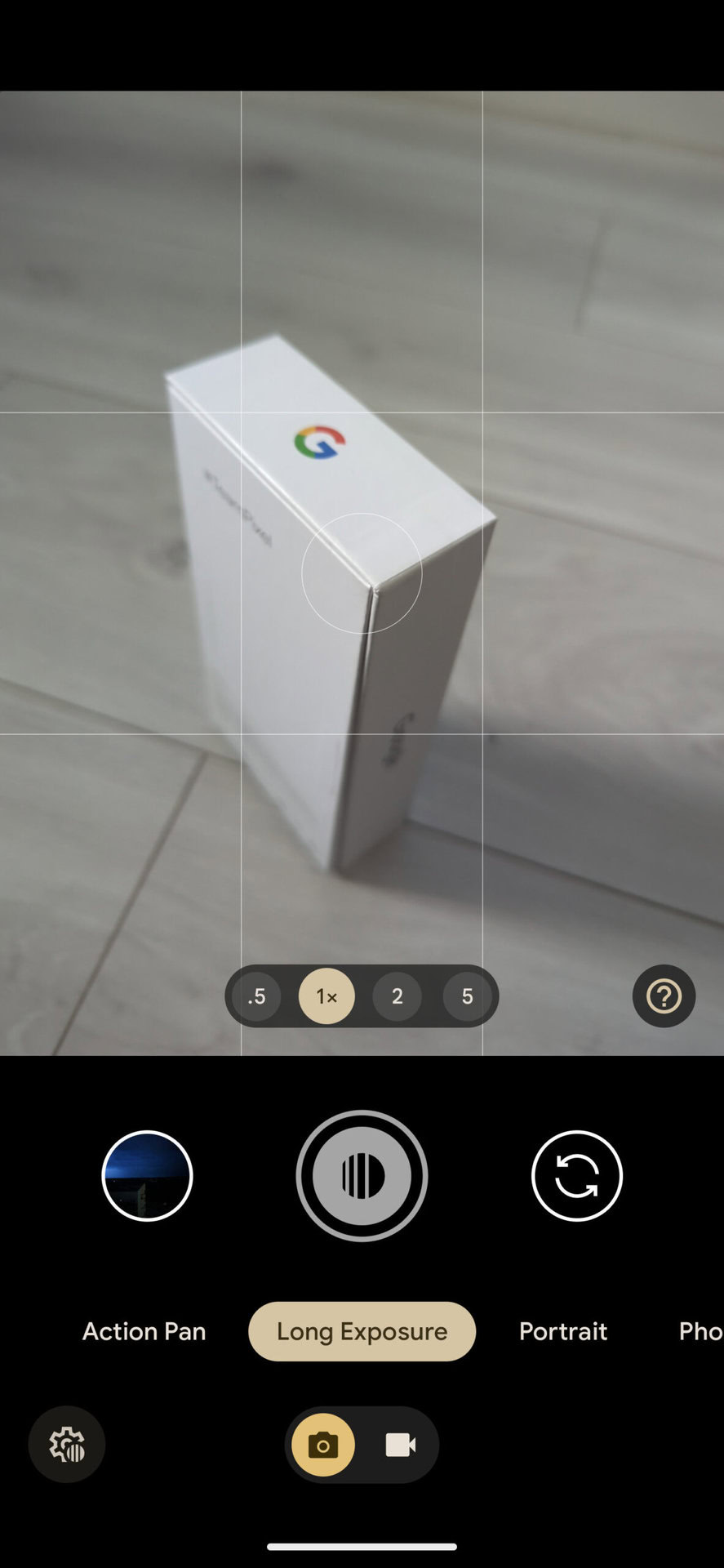In the world of smartphone photography, Google has always been at the forefront of innovation, and the latest news surrounding the upcoming Pixel 8 and Pixel 8 Pro suggests that tradition is set to continue. Google Camera, the official camera app for Pixel devices, is receiving a significant overhaul, marking its first major user interface (UI) redesign in years.
- Shop On Amazon Using Our Links To Support Us:
- My pixel 7 Pro Case here
- Amazon under $25:
- Amazon best sellers
- Amazon most gifted
The redesign, unveiled by Android Authority, places a clear emphasis on improving user accessibility by relocating essential controls to the bottom of the screen. This move aims to enhance the overall user experience, making it easier for users to access key features with one-handed operation.
![]()
- Google Pixel 7 Pro Review
- iPhone 14 Pro vs. 14 Pro Max
- 14 Essential Tips and Tricks For Google Pixel 7 Pro
One of the most noticeable changes is the shift of the settings pill, previously found at the top of the screen, to the bottom-left corner. Users can still access the settings sheet by tapping it, which remains largely unchanged and continues to appear from the top.
However, a new swipe-up gesture has been introduced as an alternative method for opening the settings menu. This change streamlines the user interface and ensures that settings are more readily available.
![]()
The bottom strip that now houses preferences has also undergone a transformation. It now includes a high-level Photo and Video switcher, allowing users to seamlessly switch between these two modes. Above this strip, a mode/feature carousel appears, overlaid on the viewfinder, creating a more dedicated and intuitive UI for users.

In terms of camera capabilities, the new Google Camera app offers a range of exciting features for photography enthusiasts. On the photography side, users can explore features like Action Pan, Long Exposure, Portrait, Photo, Night Sight, and Panorama. For those interested in videography, the app includes options like Pan, Blur, Video (with Stabilization settings offering Standard, Locked, and Active options), Slow Motion, and Time Lapse.

While the shutter button remains in its familiar place, the switcher between the front and rear cameras has shifted to the right side of the screen. Meanwhile, the last shot preview can now be found on the left, which might initially challenge muscle memory. The zoom switcher appears above, while various sliders maintain their positions at the left and right edges of the screen.

Beyond these UI enhancements, Google is also introducing some exciting camera technologies. Staggered HDR is designed to expedite the capture process, reducing the likelihood of artifacts by minimizing delays between frames. Additionally, “Segmentation AWB” is set to provide more accurate scene processing by applying different adjustments to select parts of the image.
Finally, “Adaptive touch” is a novel feature aimed at improving low-light photography by adjusting and shortening flash intensity based on the scene. This development could explain the increased size of this particular component in the UI.
As is customary with Google’s approach to software updates, this revamped Google Camera UI is expected to eventually roll out to other recent Pixel devices, including the Pixel 6 and newer models, following the launch of the Pixel 8 series. This exciting redesign promises to make mobile photography even more accessible and enjoyable for Google Pixel users.
Stay tuned for further updates as we approach the release of the Pixel 8 and Pixel 8 Pro, where this new Google Camera UI will make its debut.







